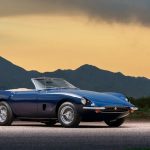We’ve shared the story of how Intermeccanica came to be, and the creation of its first car, the Italia. But where the Italia came from the minds of company founders, Frank Reisner, a Hungarian émigré who fled to Canada in 1939, and his Czech-born Canadian wife Paula, the Murena 429 GT was actually the brainchild of two American men completely independent of the company.
Charles Schwendler and Joe Vos set out to create the world’s fastest and luxurious shooting brake. The car would look like nothing else available, and it would be astonishingly exclusive. So exclusive that it wouldn’t even be offered for sale, because the two friends wanted just two examples made; one each.

Schwendler owned a Porsche and a station wagon, and when he went away for a weekend it was always a compromise. He could cram all he needed into his station wagon, and enjoy the drive as best he could, or he could take his Porsche but not much else, and savour every mile. What he really wanted was a car that combined the best bits of both cars; something with ample carrying capacity, but plenty of performance too. But it was essential that this car wasn’t just another station wagon; it needed a lot more style and individuality than that.

Schwendler had seen Intermeccanica’s wares at the New York Auto Show in previous years, and he knew that this was the right company to turn his dream into reality.
Schwendler and Vos walked into Frank Reisner’s Intermeccanica workshop in February 1968, armed with some rough sketches of what the new car should look like. Vos had come up with those designs, while Schwendler would look after engineering the car. Both men were petrolheads through and through, but Vos had no formal training in car design; his background was in sales and marketing. However, Schwendler’s father Bill had co-founded the Grumann Aircraft Engineering Corporation, so Charles knew a thing or two about how to make things work.
Intermeccanica usually worked with Franco Scaglione to come up with suitable designs, but he was too busy to take on the Murena project. As a result, Frank Reisner approached a new kid on the block; up and coming talent Ivo Barison. He took Vos’s basic concept and turned it into a workable design, before honing the details as the construction of the first car progressed. By this point there had been a significant development: Reisner had persuaded Vos and Schwendler that if they were going to set up the jigs to make two cars, they might as well build 10 and sell the other eight.
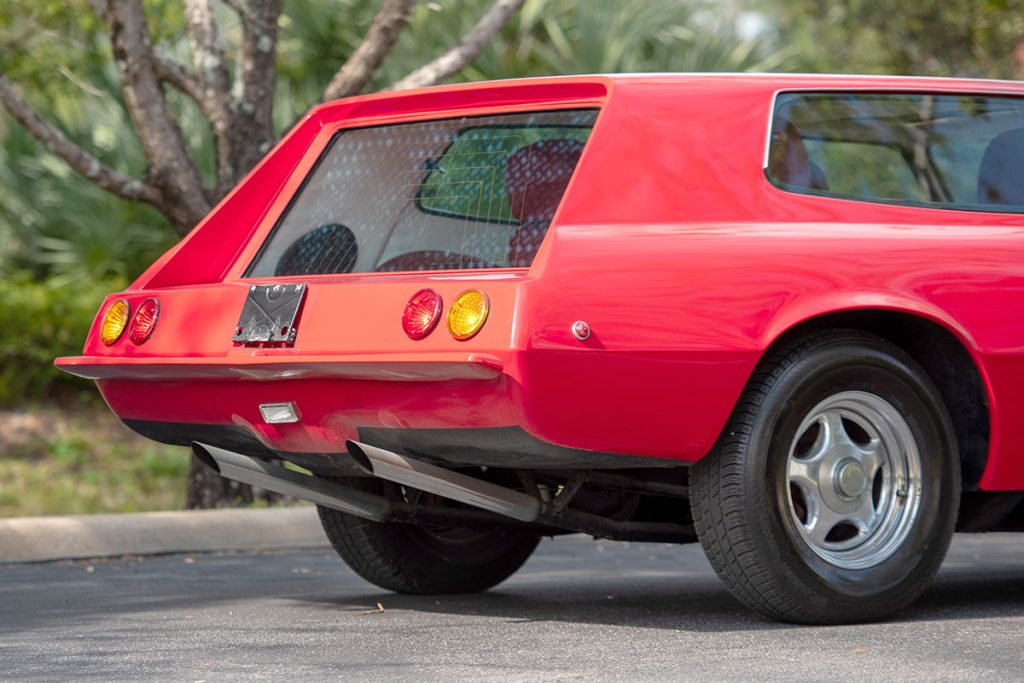
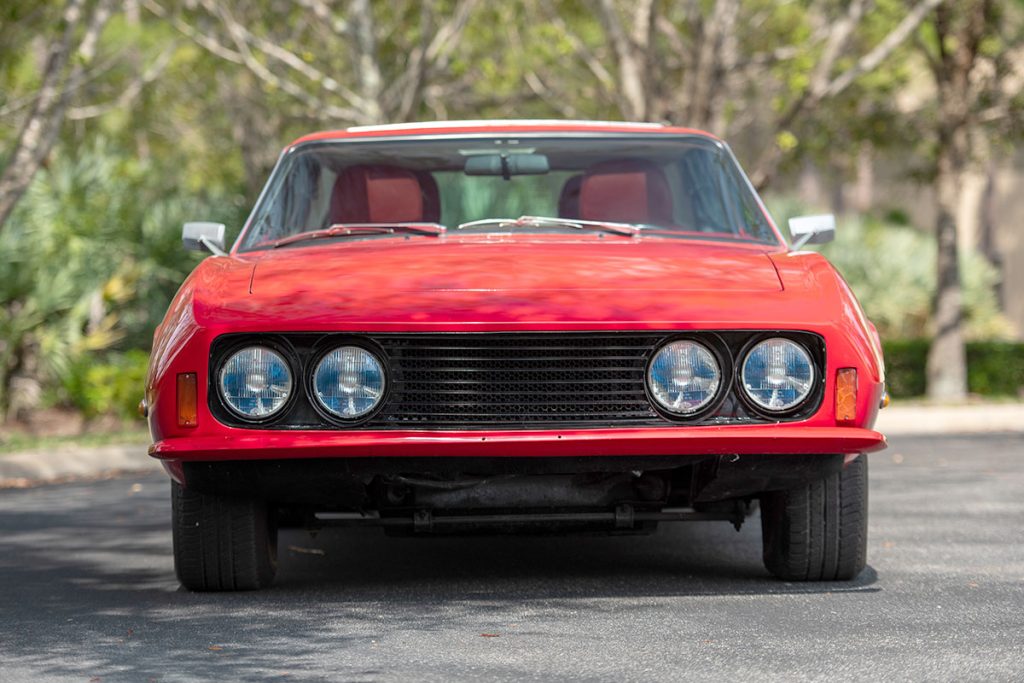
By spring 1969 the Murena was ready to be unveiled at the New York Auto Show, where it created a storm. Everybody wanted to get a closer look at the new car, with 200 orders claimed to be taken, despite a ludicrously hefty $14,750 price tag. While that was half the price of a Bentley T1, it was three times as much as a Corvette, the same cost as a Ferrari 330 GTS, and not much less than a Maserati Ghibli or Mexico.
However, it was easy to see the Murena’s appeal. It looked like nothing else and was impossibly luxurious, fast and imposing. But with a kerb weight of more than 1700kg, no power steering, and frankly ludicrous proportions (5.2m long, 1.27m high), driving the Murena was hard work at low speeds, although it was the perfect interstate cruiser. In the nose was a 7-litre 360bhp Ford 429 V8, mated to a three-speed automatic transmission, all taken from a Ford Thunderbird.
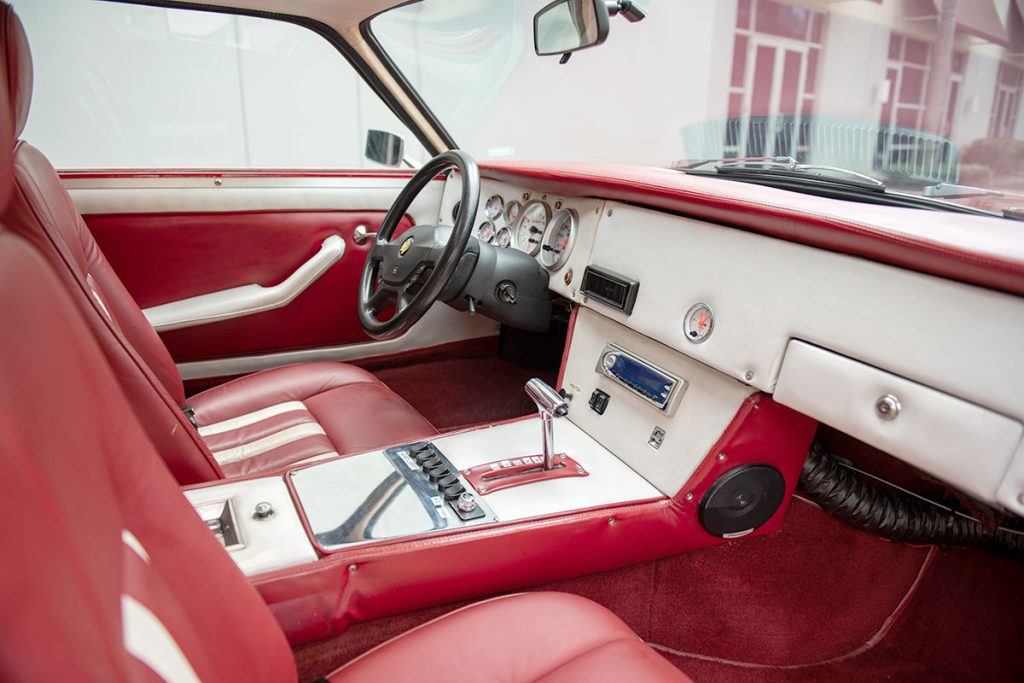
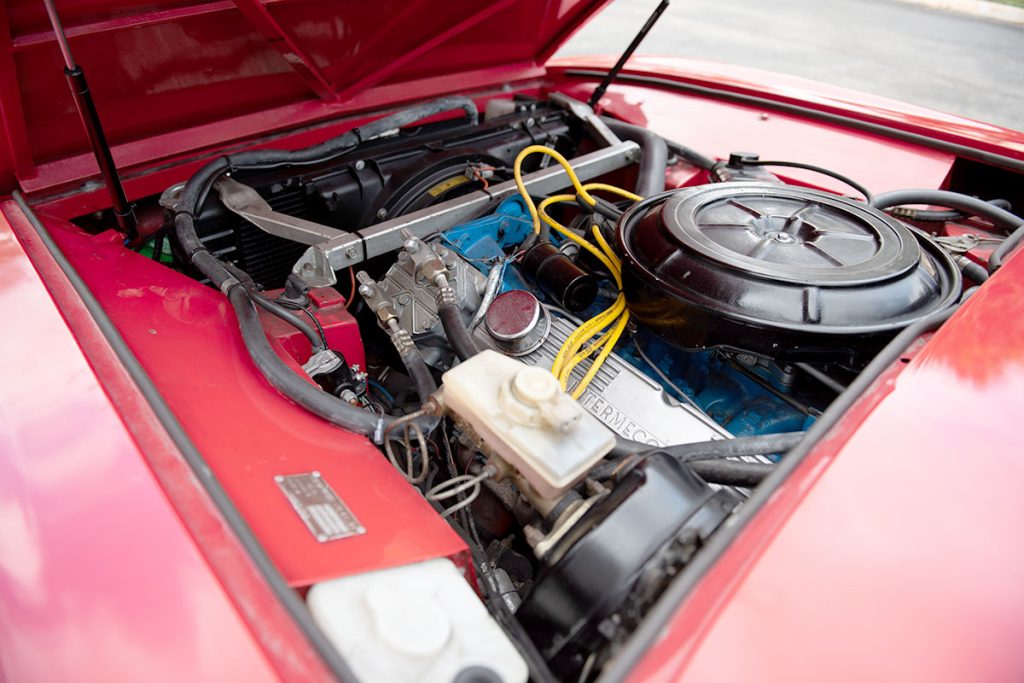
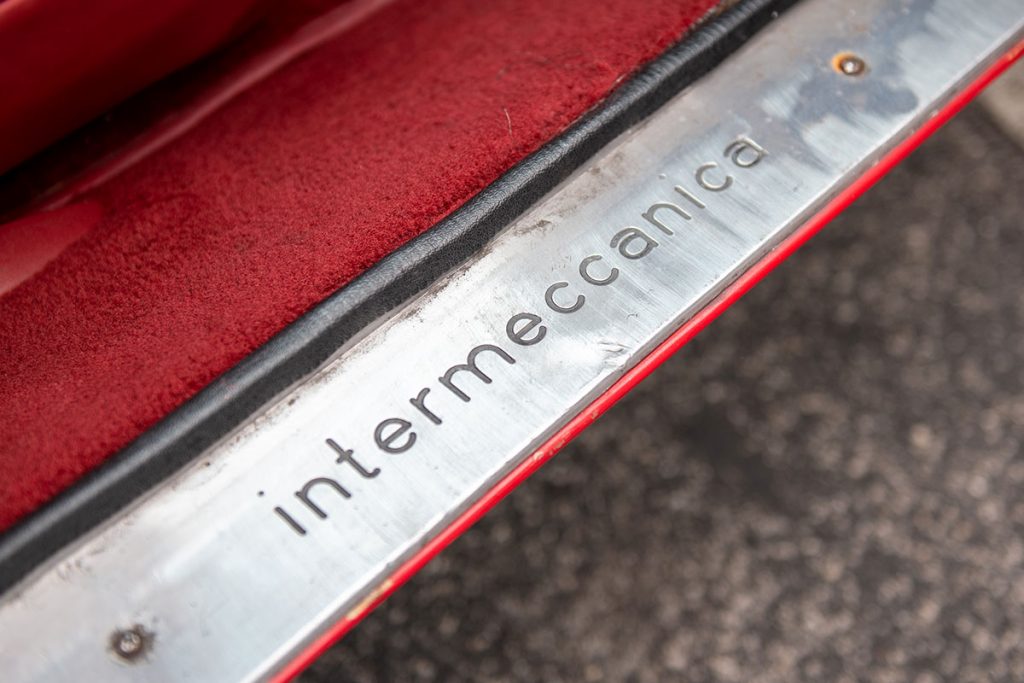
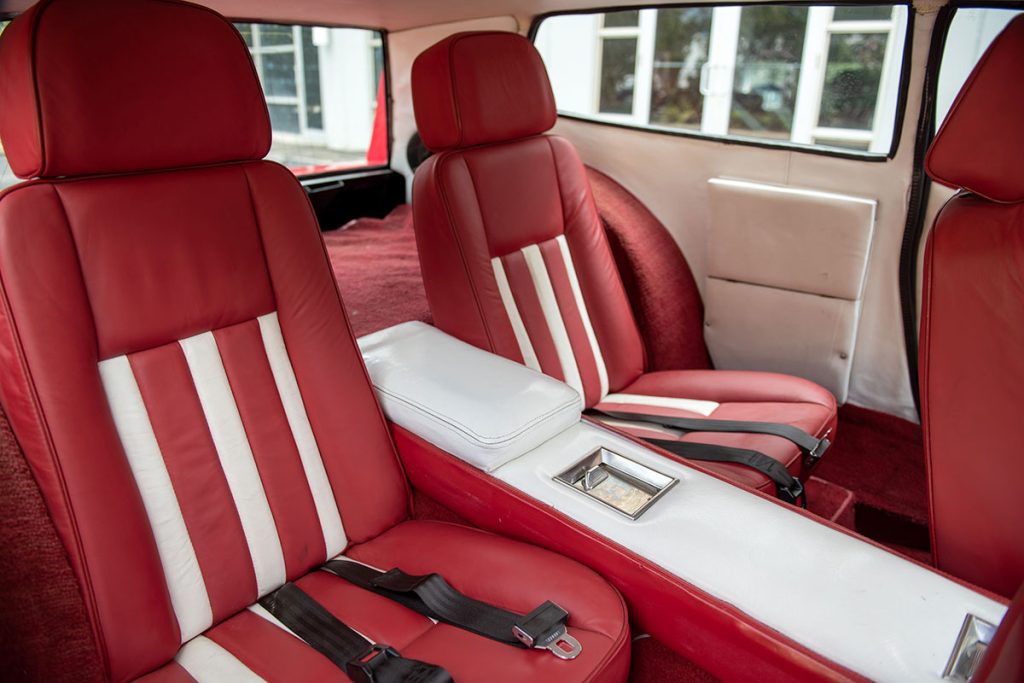
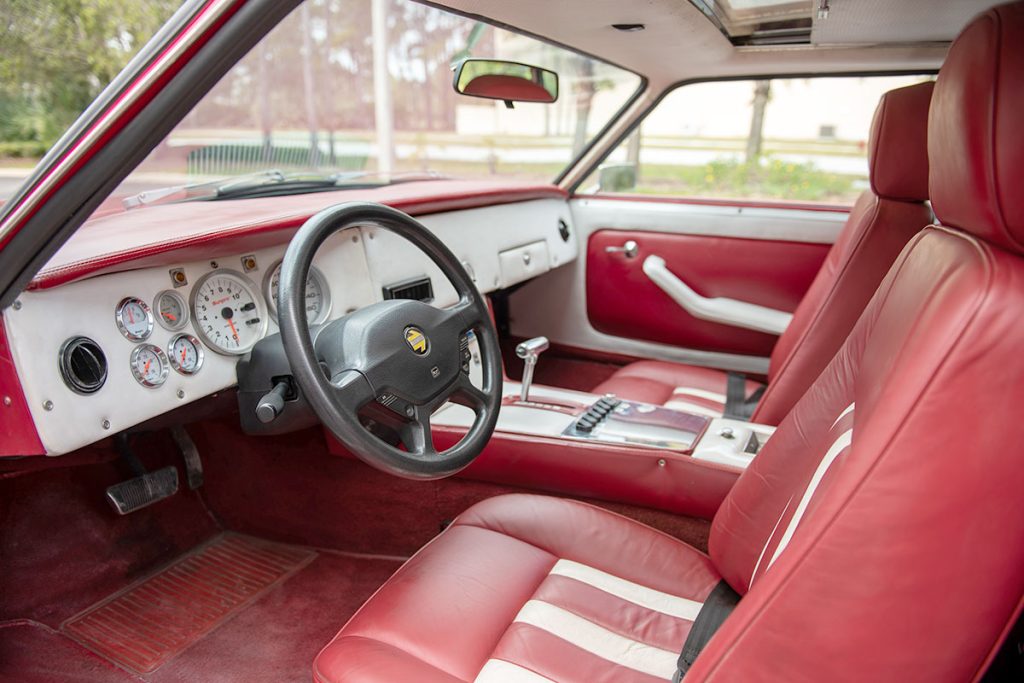
The Murena’s runaway success at the Auto Show left Vos and Schwendler with a decision to make. Should they build the 10 cars they set out to, or should they service the obvious demand by setting up their own company to sell the Murena in bigger numbers? They opted for the latter, and Murena Motors Inc was created. Vos opened a showroom to sell the new GT, but by the end of 1969 just six cars had been completed and Intermeccanica was struggling to maintain output thanks to a lack of production capacity, because of the success of the Italia.
With so few cars available to sell, trying to maintain a shworoom and any kind of customer support wasn’t viable, so at the start of 1970 Vos and Schwendler decdied to pull the plug on the Murena project, after just 10 examples had been built, one of which was destroyed in a crash just weeks after being delivered new. The number of survivors is unknown, but the car pictured was the first example made and it was sold by RM Sotheby’s in 2020 for just $41,250. The $14,750 cost of a Murena 429 GT when new, equates to $118,000 in today’s terms, so someone got themselves a bargain, even if the Murena does look as though it was designed by, well, an amateur.
Read more
Home after 50 years, this project Jaguar E-type now needs someone to finish it
Not a lot of people know that Michael Caine’s first car was a Rolls-Royce Silver Shadow Drophead – and you could bid for it

